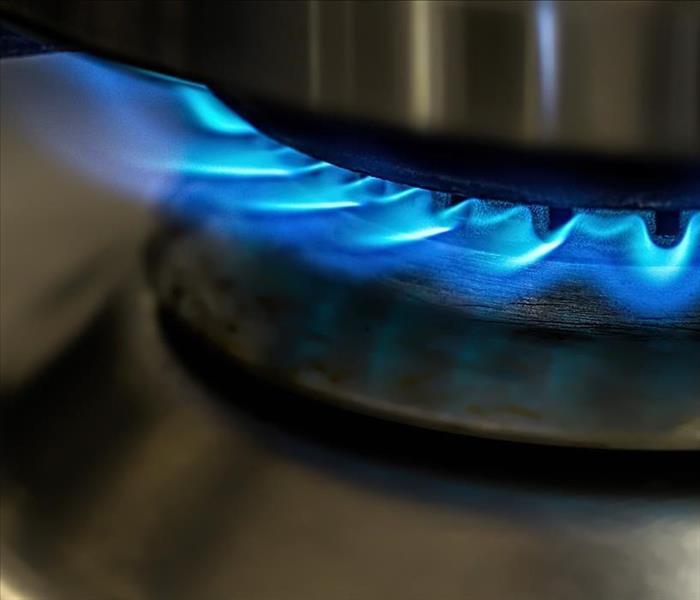5 Home Fire Prevention Steps
7/26/2019 (Permalink)
Prevent a Home Fire
The best way to survive a home fire is by preventing one from occurring. Fortunately, fire preparation tasks are straightforward.
Install enough smoke alarms in your home.
Ideally, these alarms should be located inside each bedroom, on every level of the home, at least ten feet from cooking appliances, and in the halls outside of the bedrooms. Don't forget to test the alarms every month and replace the batteries on an annual basis. Make sure that family members know how to recognize the alarm and how to exit safely.
Perform home maintenance consistently and thoroughly.
Greasy buildup in burners, lint in the dryer hose, and neglected chimneys are all cause of fire damage. Many household chores and repairs, such as repairing damaged sockets, have a significant impact on fire preparation and prevention.
Store flammable items safely.
Keep gas for the lawnmower, lighter fluid, and similar products stored in a cool location and out of reach. Additionally, consider the many other potentially combustible items. Go through the cabinets and closets of your home, watching for things such as lighters, matches, chemicals, and other flammable items.
Prepare for emergency situations.
A ten-gallon can of baking soda near the stove top quickly puts out grease fires, safely and effectively. Fire extinguishers with BC or ABC rating are best. An A rating indicates that pressurized water is in the canister and that the extinguisher is not appropriate for cooking fires.
Teach Your Family Fire Safety
In addition to teaching children not to play with matches, fire safety education should include not throwing laundry over a lamp or leaving papers near heaters. The more your children are aware of how fires start, the better they'll be at avoiding them.
Fire preparation is one of the best ways to avoid fire damage and the cost of fire damage cleanup and restoration services.






 24/7 Emergency Service
24/7 Emergency Service